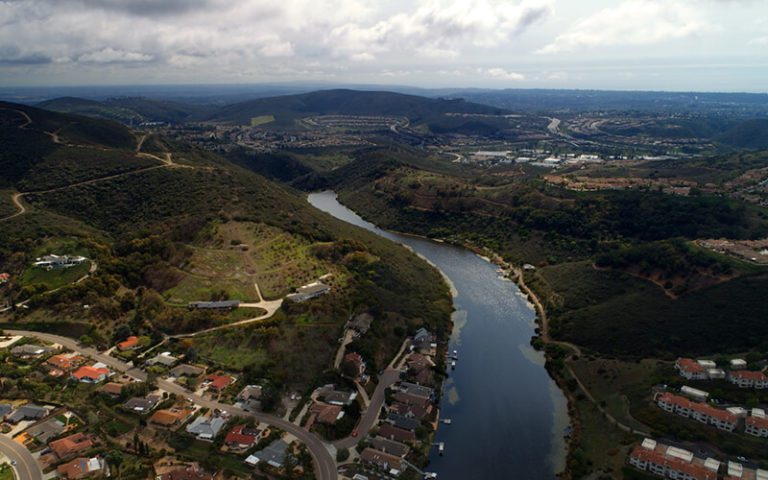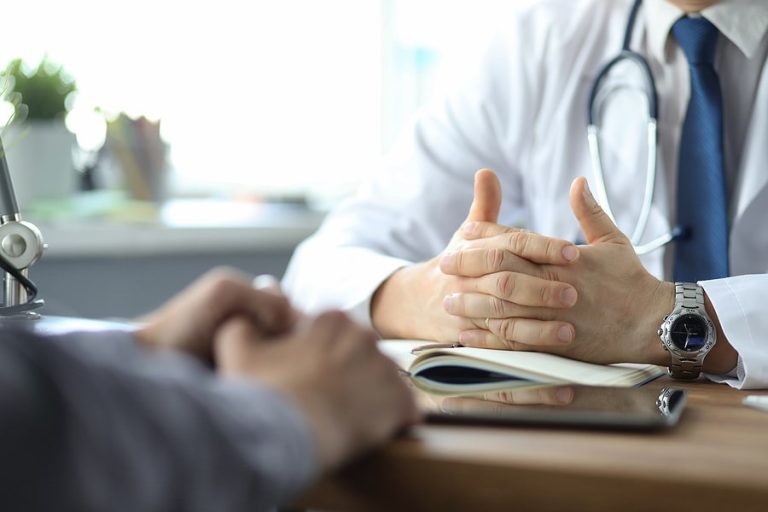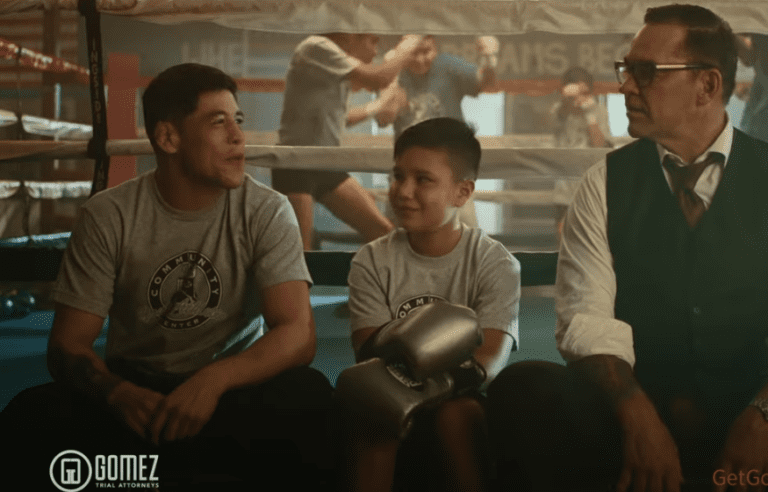Whether a fall happens at home or work, they can result in devastating events with lifelong consequences for those who experience them. Medical expenses, lost wages from missing work, long-term care, pain and suffering, and a host of other economic and non-economic costs contribute to the financial and emotional burden injuries from falls can create.
You cannot control the actions of other parties, especially if they are negligent. However, you can take measures to help yourself and others avoid dangerous slip and fall or trip and fall accidents. This guide was put together by the slip and fall attorneys at Gomez Trial Attorneys to provide tips for ways you can prevent falls at home and at work.
It’s a Big Problem
According to the Centers for Disease Control and Prevention (CDC), unintentional falls are the leading cause of injuries for minors under age 18 and the leading cause of injury-related death for those over age 65. Additionally, falls cause more than 95 percent of hip fractures and are the number one cause of traumatic brain injury (TBI). On top of the dangerous injuries that result from falls, they are also costly. In fact, the CDC reports the total medical costs of unintentional falls across the United States totals more than $50 billion each year.
Review Your Medication
If you are an older adult or caring for an elder, you need to review any medications with a doctor. Many common prescription drugs can cause dizziness as a side effect. If you or a loved one regularly suffers dizzy spells, it’s especially important to consult with a doctor as soon as possible.
Consumer Reports warns that anticonvulsants, antidepressants, blood pressure medication, muscle relaxants, nitroglycerin, pain relievers, and sleeping pills can cause dizziness. Children who suffer from epilepsy likely take some type of anticonvulsant to help with seizures, so this medication needs review too. Dizzy spells from prescription drugs can lead to serious falls, which can be fatal. Chances of a fall increase for those who need to take multiple medications.
Get a Yearly Eye Exam
Poor vision can lead to dangerous falls for young and old alike. You might notice your young child tripping and falling frequently. Fortunately, kids are resilient and many times these falls don’t lead to injury, so sometimes parents ignore this behavior. It’s better to be safe than sorry and have your child get an eye exam.
Although they have a basic exam for school-mandated physicals, a thorough eye exam with an optometrist can reveal any potential problems. In some cases, a pair of glasses can help your child see better and avoid falls. The same goes for elders. Aging can cause eyesight to deteriorate, causing those who’ve never worn glasses to need a prescription. In other cases, prescriptions can worsen over time and make it difficult to see, potentially leading to a fall.
Get Enough Exercise
Loss of muscle mass in older adults can make mobility more difficult. As the old saying goes—If you don’t use it, you lose it. One of the best ways for older adults to prevent falls is to get plenty of exercise, especially strength training. Yoga, pilates, tai-chi, and moderate weight training can help maintain or build muscles for older adults. This type of activity helps to keep the body strong, allowing better maneuverability for people while they are moving around. Most importantly, it helps maintain an internal balance so walking on an uneven surface or tripping over something little doesn’t always result in a fall.
Maintain Clear Walkways
Whether at work or at home, clutter is one of the biggest culprits leading to falls. Walkways, hallways, and other pathways need to be kept clear so those who walk on them don’t trip. This means keeping toys and clothes out of the way at home. In the workplace, this can mean better organization in an office or warehouse and taking the effort to cover or move cables and wires so they don’t create a hazard.
Clear walking paths outside of home and work are just as important. You can scan your yard or outdoor areas for toys or any loose items that put others at risk for tripping, but you should also look for natural hazards like fallen trees, sticks, rocks, or large tree roots.
Add Railings and Grab Bars
Grab bars, handrails, and stair rails are all crucial additions to homes and the workplace, which can prevent falls, especially for older adults. Areas with tile such as bathrooms, showers, and bathtubs can get slippery, especially when wet. Grab bars allow older adults to brace themselves while showering, or while ascending from or descending onto the toilet or the tub.
Stairways can be dangerous on their own, but some only have a rail on one side. Ensuring all stairways have railings on both sides gives people more stability as they go up and down. In office buildings, warehouses, or other workplaces with wide stairs, railings on both sides allows users walking next to one another to each have access to a rail to use as support to prevent falls
Use Appropriate Safety Devices
Once babies begin to walk, they can move fast and fall in a matter of seconds. A little toddler tumble on the carpet likely won’t cause injury, but tumbles down the stairs or in dangerous areas can be dangerous, sometimes deadly, for little ones. More than 8,000 children visit emergency rooms for fall-related injuries each day in the United States; you can make sure your little one isn’t a statistic. Most parents take the time to childproof their home, but using appropriate safety devices without hesitation is necessary to prevent falls.
Depending on the layout of your home, you might need one or more guardrails, safety gates, and window guards. This can prevent falls down stairs or falls from above ground-level windows. Falls can also occur from backyard play equipment, treehouses, and swing sets. Young children must use proper belts and harnesses with swings and older children need to be supervised. Old equipment can break and cause a fall, but children who use the equipment in ways that it is not intended to be used, can result in a dangerous fall.
Wear Proper Safety Equipment
Some careers are more dangerous than others. Those who work in positions that require them to do their job from a boom or a harness, or climb high up, need to always follow best practices at work. This means wearing required safety equipment that can prevent falls from high places. Construction sites are one of the most hazardous places for workers.
Kids who are active in sports also need to wear proper safety equipment. The equipment won’t necessarily prevent a fall, but it can prevent life-altering and catastrophic injuries related to a fall. Helmets are a must for bicycling, rock-climbing, skiing, skating, and other full-contact sports. Kneepads and elbow pads can also prevent painful and debilitating injuries from falls.
Install Good Lighting
When burned-out light bulbs aren’t replaced or areas in the home or workplace are not well lit, people face the risk of a slip and fall accident or a trip and fall accident because they cannot see where they are walking. At home, something as simple as a nightlight can prevent falls for those who need to make a trip to the bathroom in the middle of the night, regardless of age. More importantly, regular maintenance is a must. When lights fail, they need to be replaced as soon as possible to prevent falls. Also, areas outside of a building that aren’t well lit can lead to an easy misstep and fall, resulting in serious injuries.
Wear Shoes or Slippers
It’s likely you don’t go to work with bare feet unless you’re a lifeguard on the beach. Depending on your position, you can encounter a wide array of slippery surfaces you need to walk on. Wear shoes that protect you from a slip and fall accidents. Whether you wear work boots, athletic footwear, or dress shoes to work, you want to ensure the bottoms of shoes have some traction to avoid dangerous falls.
It’s commonplace for adults and children alike to kick off their shoes at home and walk around in socks or with bare feet. Both can result in slip and fall accidents, especially on slippery kitchen and bathroom floors or hardwood floors. Prevent these falls at home by wearing a pair of shoes or slippers around the house. You can also find special socks with anti-slip grips on the bottom if you want a more relaxed feel.
Clean Spills Immediately
Dry spills and wet spills are one of the biggest culprits of falls at home and at work. Elders and young children are especially at risk because both can struggle with balance. Something as simple as dropping a piece of ice on the floor and not picking it up can cause a fall and severe injury. Anyone who enters the room and slides on the ice cube or the melted water can easily fall. Other common spills at home and work that can lead to dangerous falls include food, cleaning products, oil, wax, sand, sawdust, and debris.
Sometimes it takes some time to clean up a spill. In these cases, you can prevent falls by marking the spill with a sign or blocking it off with some kind of barrier, so potential slip and fall victims avoid the hazard.
Secure Rugs and Floor Mats
Many kitchen and bathroom rugs and floor mats have a rubber backing to prevent slippage. However, many others do not. Make sure to buy some type of liner or gripper to go under rugs and mats that don’t have a rubber back. Older adults are especially vulnerable to falling as a result of loose rugs. In fact, the Journal of Injury and Violence Research estimates almost 40,000 adults over age 65, about 80 percent of which are women, get treated for injuries related to carpets and rugs each year, and almost half are a result of a trip or slip on a rug.
These falls typically occur where the rug meets a different surface, such as tile or wood. Loose rugs and mats at the workplace are also a hazard and can move frequently, especially in high traffic areas. If they aren’t rubber, you need to secure them in some way, so they don’t move and cause a trip and fall accident.
Properly Maintain All Flooring

Although rugs are dangerous, flooring, in general, can be dangerous if not properly maintained. Young children and older adults alike can easily trip over loose floorboards, broken floor tiles, and torn or loose carpeting. Sometimes people avoid flooring maintenance or replacement because it can be expensive. Yet, a trip and fall accident that results in serious injuries will be far more costly than new carpet, new tile, or making the proper repairs.
The same is true in the workplace. Even low-pile, tight commercial carpeting in an office building, which is safe when it is in good shape, can cause a hazard if it becomes ripped or comes away from the hall. Similarly, broken bathroom tiles put employees at risk for injury from a fall. You also must be careful of the products you use when cleaning hard flooring surfaces. Some floor cleaners and floor waxes can make tile and wood far more slippery than normal, creating a slip and fall hazard that can result in severe injuries.
Pay Attention
One of the best ways older children and elders can prevent falls at home and at work is by paying attention to their surroundings when they walk. Some hazards are unavoidable, but other times noticing a spill, loose carpet, or broken handrail can save the pain and suffering that comes with a serious injury. For example, looking at a cell phone and texting while walking can easily lead to a slip and fall or trip and fall accident. Even those who consistently pay attention as they are walking cannot control the actions of others and likely cannot avoid every hazard.
If you or a loved one suffers injuries in a fall because of another party’s negligence, contact a slip and fall attorney they can help you learn about your rights, and discuss the best path forward for your circumstances.







